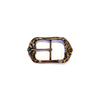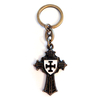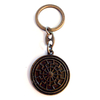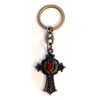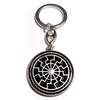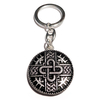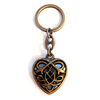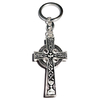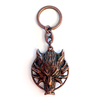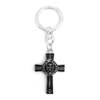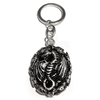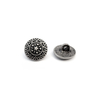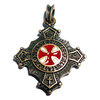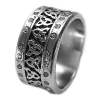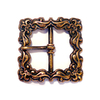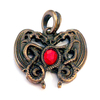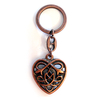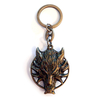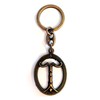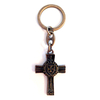CATEGORIES KEYCHAINS ANTIQUE BRASS Keychain FENRIS AM
CATEGORIES KEYCHAINS ANTIQUE BRASS Keychain FREIMAURERKREUZ AM
CATEGORIES KEYCHAINS ANTIQUE BRASS Keychain GERMANENSCHILD AM
CATEGORIES KEYCHAINS ANTIQUE BRASS Keychain GERMANENWAPPEN AM
CATEGORIES KEYCHAINS ANTIQUE BRASS Keychain IRMINSUL AM
CATEGORIES KEYCHAINS ANTIQUE BRASS Keychain KELTENKREUZ VON AHENNY AM
CATEGORIES KEYCHAINS ANTIQUE BRASS Keychain KELTISCHES AMULETT AM
CATEGORIES KEYCHAINS ANTIQUE BRASS Keychain KREUZ DER KELTEN AM
CATEGORIES KEYCHAINS ANTIQUE BRASS Keychain MEDUSA AM
CATEGORIES KEYCHAINS ANTIQUE BRASS Keychain MEROWINGER AMULETT AM
CATEGORIES KEYCHAINS ANTIQUE BRASS Keychain MIDGARD AM
CATEGORIES KEYCHAINS ANTIQUE BRASS Keychain NAGLFAR AM
Keychain FENRIS AM
In stock
can be shipped within 1 days
Customers who bought this product also bought
|
|
|
|
|
|
|
|
Browse this category: ANTIQUE BRASS
Keychain FREIMAURERKREUZ AM
In stock
can be shipped within 1 days
Customers who bought this product also bought
|
|
|
|
|
|
|
|
Browse this category: ANTIQUE BRASS
Keychain GERMANENSCHILD AM
In stock
can be shipped within 1 days
Customers who bought this product also bought
|
|
|
|
Browse this category: ANTIQUE BRASS
Keychain GERMANENWAPPEN AM
In stock
can be shipped within 1 days
Customers who bought this product also bought
|
|
|
|
|
|
|
|
Browse this category: ANTIQUE BRASS
Keychain IRMINSUL AM
In stock
can be shipped within 1 days
Customers who bought this product also bought
|
|
|
|
|
|
|
|
Browse this category: ANTIQUE BRASS
Keychain KELTENKREUZ VON AHENNY AM
In stock
can be shipped within 1 days
Customers who bought this product also bought
|
|
|
|
|
|
|
|
Browse this category: ANTIQUE BRASS
Keychain KELTISCHES AMULETT AM
In stock
can be shipped within 1 days
Customers who bought this product also bought
|
|
|
|
|
|
|
|
Browse this category: ANTIQUE BRASS
Keychain KREUZ DER KELTEN AM
In stock
can be shipped within 1 days
Customers who bought this product also bought
|
|
|
|
|
|
|
|
Browse this category: ANTIQUE BRASS
Keychain MEDUSA AM
In stock
can be shipped within 1 days
Customers who bought this product also bought
|
|
|
|
|
|
|
|
Browse this category: ANTIQUE BRASS
Keychain MEROWINGER AMULETT AM
In stock
can be shipped within 1 days
Customers who bought this product also bought
|
|
|
|
|
|
|
|
Browse this category: ANTIQUE BRASS
Keychain MIDGARD AM
In stock
can be shipped within 1 days
Customers who bought this product also bought
|
|
|
|
|
|
|
|
Browse this category: ANTIQUE BRASS
Keychain NAGLFAR AM
In stock
can be shipped within 1 days
Customers who bought this product also bought
|
|
|
|
|
|
|
|
Browse this category: ANTIQUE BRASS









